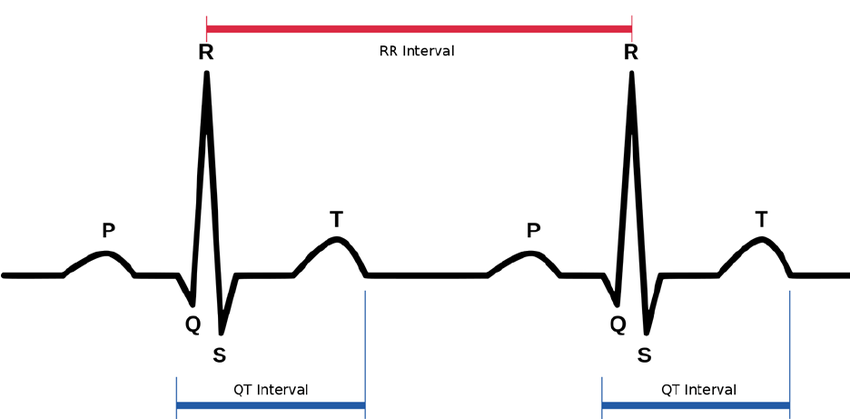The Sugar Rush: How to Balance Blood Sugar to Support Mental Wellbeing
Diets high in sugar (both refined and unrefined) have not only been linked to the western world’s biggest killers like type 2 diabetes, obesity, heart disease and now Alzheimer’s, but it is also linked to worsening symptoms of anxiety, depression, schizophrenia and bipolar disorder. This is no surprise considering the evidence that shows how excessive sugar in diets can rapidly alter blood glucose and insulin levels, which leads to an increase of free radicals as well as pro-inflammatory cytokines. These inflammatory molecules can damage tissues and wreak havoc on the immune system, that consequently have a negative impact on the brain.
The human brain is the most energy-hungry organ in our body, stealing about 20% of the body’s energy requirements. It needs a constant, steady supply of fuel, which is mostly sourced from the food that we eat. The brain is therefore sensitive to drops in blood sugar levels and despite our body’s intelligent mechanisms to keep levels stable, when we eat foods that are high in sugar, these levels will fluctuate causing fatigue, poor concentration, and anxiety. If you are already suffering from a mental health disorder such as depression, bipolar disorder, chronic anxiety or schizophrenia, where symptoms caused by fluctuations in blood sugar may normally go unnoticed, already present symptoms related to these conditions can be magnified.
So what can we do to help keep our blood sugar levels even and promote mental wellbeing? Well, it’s easy to say avoid all refined sugar and added sugar in the most obvious foods such as biscuits, cakes, and chocolates. But what about the hidden sugars in savory foods or foods that are even labeled as healthier options? Sugar can be identified under a vast variety of different names, sometimes due to varying molecular structures or if the sugar comes from other sources like rice. This means that it is easy to consume food, which appears to be low in sugar or is outwardly a savory food, but has hidden sugar in it. This can be commonly found in food items such as bread, sauces, cereals, and dressings. Nutritional labels are by law required to list ingredients by order of content amount, starting with the ingredient with the most amount first. Manufacturers are therefore able to spread out the sugar by using a variety of different types of sugar and can as a consequence place the sweetening ingredients at the end of the list, making the product look like it is lower in sugar than it really is. You may be asking what are these hidden sugars called? Look out for names such as dextrose, dextrin, maltose, and galactose. These are just a few commonly found forms of sugar in food that often go unnoticed. If you’d like to have a comprehensive list please click here.
There are a few things you can start doing right now to help your blood sugar levels stabilize. One of the most crucial steps you can take is to switch from refined to complex carbohydrates. This means avoiding ‘white grains’ such as white bread (as well as pasta/spaghetti) and white rice. These foods have gone through a process where the grain’s outer husk has been removed, which is where all the fiber, nutrients and fatty acids are, leaving a refined version of the original grain that mainly contains sugar. Replace these foods with wholemeal/brown bread (wholemeal pasta/spaghetti or even with brown rice pasta or buckwheat pasta) and brown rice. You can also start including other grains such as quinoa, kamut, teff and buckwheat to introduce more variation.
Combining any form of carbohydrate with healthy fats and lean proteins can also really help in slowing the release of sugars in the bloodstream, so think about having a handful of seeds alongside your fruit and if you do eat a plate of pasta, make sure you are including vegetables and a source of protein such as salmon or pulses.
Another key step is to avoid drinking your fruits and eat them instead. Similarly to refined grains, in the juice-making process, the fruits have had their fiber taken away, leaving mainly the sugar component of the fruit. This means that by drinking a bottle of what may seem like a healthy drink option may contain up to 60g of sugar, which is an incredible amount to have in one sitting! Apart from the avoidance of obvious sweet foods such as confectionery, cakes, biscuits, pastries and fizzy drinks, another effective step to take is to increase your fiber by eating foods such as vegetables, pulses and nuts and seeds, as well as making sure you are eating protein with every meal. These steps are seemingly simple, but incredibly effective because the fiber content will prevent the food from being broken down too quickly, leading blood sugar levels to peak and crash, and instead maintain a steady stream of energy for the body and brain.
Taking these steps can encourage better sleep, improve concentration and memory as well as help stabilize mood. If you would like more support in your diet for specific mental health conditions, why not visit our ‘nutrition solutions’ page, which has comprehensive guidance on steps you can take to help support and manage symptoms related to conditions such as depression, anxiety, psychotic disorders and more.
Font: Brainbiocentre.com
London, UK


















